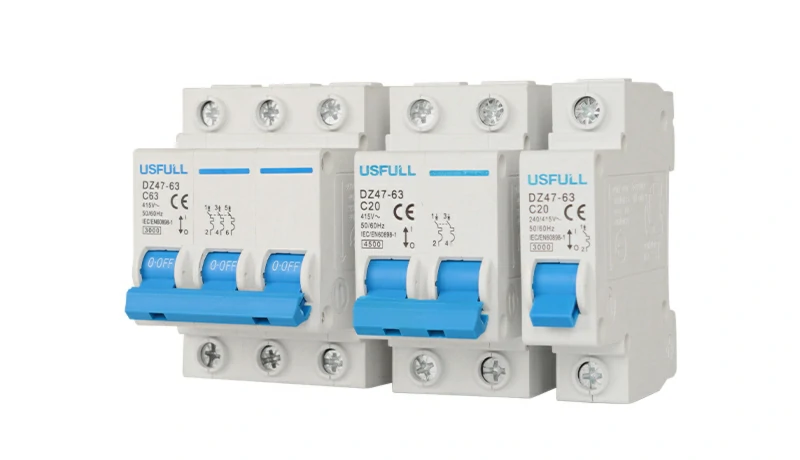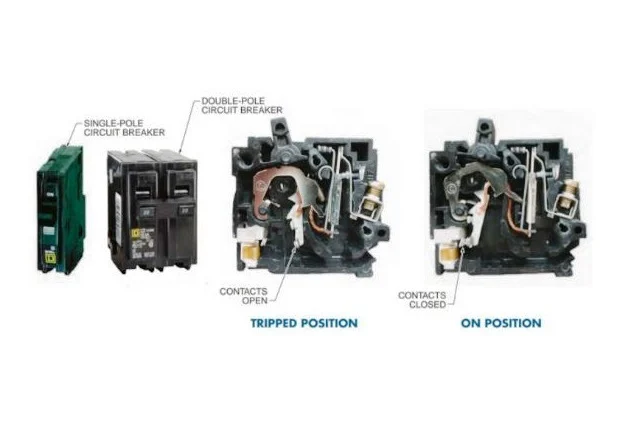AC and DC Power Circuit Breakers can be fill with either oil or air. Until recently, these were the only two options electrical engineers have. Circuit breakers aren’t always use as much as they use to be because newer technologies for isolating and stopping electricity are more reliable. AC air circuit breakers aren’t use as much in the 2kV–38kV voltage range as they use to be, but they are still very important in the 250V–2000V range, especially in AC and DC traction power systems.
Keep in mind that your implementation could “fall through the cracks” of the standards set up for testing and rating AC and DC circuit breakers, which can lead to problems like equipment breaking that you don’t expect.
AC Circuit Breaker Operation
AC breakers are test when a system has a big fault current and a high X/R ratio, which is the ratio of a system’s reactance to its resistance. So, an AC breaker doesn’t have to worry about low fault currents on an AC system, since this type of breaker benefits from a zero current crossing at the beginning of each AC cycle. During these zero crossings, the arc’s energy is lost, which lets the breaker open the circuit when the voltage peaks again.
DC Circuit Breaker Operation
When the power goes out, DC systems don’t act the same way. The maximum fault current of a DC breaker is just as important to think about as the maximum fault current of an AC breaker. But with a DC breaker, the L/R ratio, which is the rate at which the time constant increases, is just as important. A DC circuit breaker works best when the L/R value is low and the fault current is high.
This happens because it takes a lot of force to move an electric arc into the magnetic blow-off quenching zone, where it stops. On the other hand, a DC breaker is less likely to trip when the L/R ratio is high and the fault current is low. Due to the lack of zero current crossings and low magnetic forces, the persistent arc doesn’t get push into the quenching zone. If the fault current is very low, a DC breaker may not trip.
For traction power and rail electrification systems, as well as other industrial power applications, it is very important to have accurate short circuit research models. For correct analysis, you need reliable data or the skills of an engineer to get exact X/R parameters for AC systems and accurate L/R parameters for DC systems.
X/R ratios and fault currents
AC and DC Power Circuit Breakers that has been put through X/R ratios and fault currents that are higher than their specify test limits should be find by doing a detail short circuit test on each bus that is giving trouble. DC breakers must go through a precise short circuit analysis to make sure they work with the same L/R rise times at each problematic bus.
Your AC or DC traction power system may be safer if you do an analysis of the electrical system and then choose the right circuit breaker. We give specific suggestions on how to improve reliability, which could save money.


